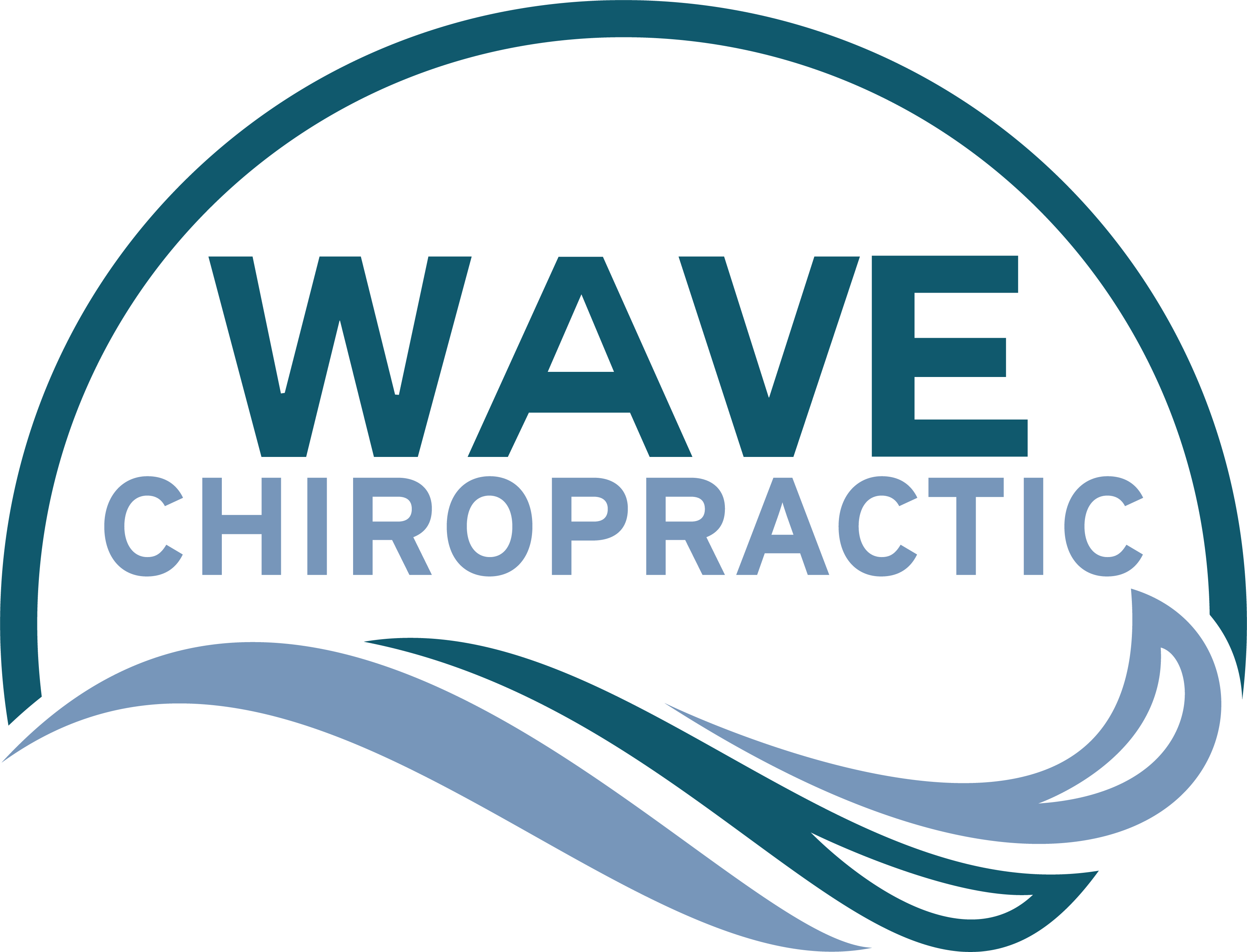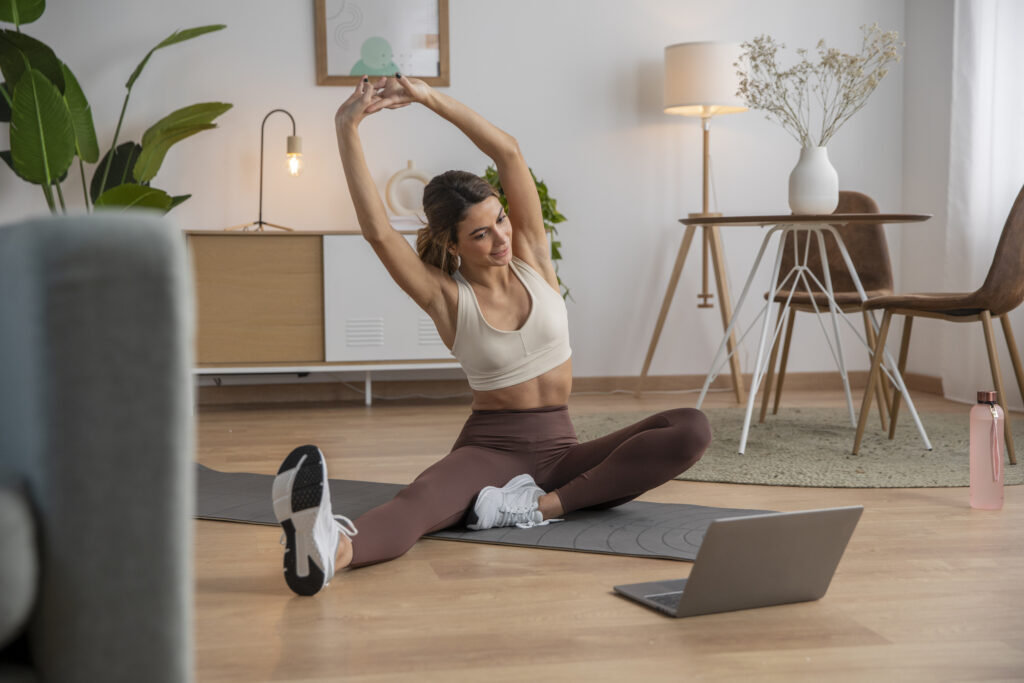You might not realize how much your posture affects your overall health, but small changes can lead to significant improvements. By incorporating natural care solutions like mindful practices and targeted stretches, you can enhance your alignment and reduce discomfort. It's not just about sitting up straight; it involves understanding how your lifestyle choices influence your posture. Curious about practical steps you can take to transform your daily routine? Let's explore some effective techniques that can make a difference.
Understanding Posture and Its Importance
Have you ever considered how your posture affects your overall health? It's easy to overlook, but your posture plays an essential role in how you feel every day. Good posture means your body is aligned properly, which helps you avoid unnecessary strain on muscles and joints. When you sit or stand straight, you're not just looking confident; you're also allowing your internal organs to function effectively.
Poor posture, on the other hand, can lead to a host of problems. Slouching or hunching can cause back pain, neck strain, and even headaches. These issues arise because your body compensates for misalignment, leading to muscle fatigue and tension.
You mightn't realize it, but bad posture can also impact your mood and energy levels. Research indicates that sitting up straight can boost your confidence and even improve your focus.
Additionally, posture influences how you breathe. Slumped shoulders can restrict lung capacity, making it harder to take deep breaths. This can leave you feeling fatigued and affect your overall well-being.
By understanding the importance of posture, you're taking the first step toward better health. It's about more than just looking good; it's about feeling good and functioning well in your daily life.
Stretching Exercises for Better Posture
Incorporating stretching exercises into your daily routine can greatly enhance your posture. Stretching helps alleviate tension in tight muscles, promotes flexibility, and encourages proper alignment, which is vital for good posture.
Here are some effective stretches you can perform to improve your posture.
Start with the chest opener. Stand tall, interlace your fingers behind your back, and gently pull your shoulders back while lifting your chest. Hold this position for 15-30 seconds. This stretch counteracts the forward hunch many people develop from prolonged sitting.
Next, try the upper back stretch. Sit or stand comfortably and extend your arms in front of you, rounding your upper back while clasping your hands together. Hold for 15-30 seconds. This stretch helps release tension in the upper back and encourages an upright position.
Incorporate the neck stretch as well. Gently tilt your head to one side, bringing your ear toward your shoulder. Hold for 15-30 seconds and then switch sides. This will relieve tension in the neck, which is essential for maintaining a straight spine.
Lastly, include the hip flexor stretch. Kneel on one knee with the other foot in front, forming a 90-degree angle. Push your hips forward while keeping your back straight. Hold for 15-30 seconds on each side to open up your hips, which can often contribute to poor posture.
Mindful Breathing Techniques
Mindful breathing techniques play an essential role in promoting better posture and overall well-being. When you focus on your breath, you bring awareness to your body, which can help you recognize tension and imbalances that lead to poor posture.
By incorporating these techniques into your daily routine, you can develop a stronger connection between your mind and body, fostering a more aligned posture.
Here are some effective mindful breathing techniques to try:
- Diaphragmatic Breathing: Inhale deeply through your nose, allowing your abdomen to expand. Exhale slowly through your mouth. This technique engages your diaphragm and encourages relaxation.
- 4-7-8 Breathing: Inhale for a count of 4, hold for 7, and exhale for 8. This technique calms your nervous system and helps release tension from your shoulders and neck.
- Box Breathing: Inhale for 4 counts, hold for 4, exhale for 4, and hold for another 4. This rhythm promotes focus and can help you become more aware of your posture.
- Mindful Observation: As you breathe, observe your posture. Notice any areas of tightness or discomfort. This awareness can motivate you to adjust your alignment.
- Gratitude Breathing: Inhale deeply, thinking of something you're grateful for, and exhale any negative thoughts. This not only improves breath but also enhances your overall mindset.
Ergonomic Workspace Adjustments
An ergonomic workspace can considerably enhance your posture and productivity. To create one, start by adjusting your chair. Your feet should rest flat on the ground, with your knees at a 90-degree angle. If your chair doesn't allow this, consider using a footrest. The chair's back support is essential; it should conform to the natural curve of your spine, promoting healthy alignment.
Next, position your desk and computer at the right height. Your elbows should be at a 90-degree angle, resting comfortably by your sides. The top of your monitor should be at eye level, so you're not straining your neck to look up or down. If you're using a laptop, consider a laptop stand to achieve this height, and use an external keyboard and mouse for better wrist alignment.
Don't forget about lighting! Make sure your workspace is well-lit to avoid eye strain, which can lead to poor posture as you lean closer to your screen. Position your light source to minimize glare on your monitor.
Lastly, take regular breaks to stretch and move around. Sitting for long periods can lead to stiffness and discomfort, impacting your posture negatively. Set a timer to remind yourself to stand up and walk around every hour.
Incorporating these ergonomic adjustments can create a workspace that not only supports good posture but also boosts your overall productivity. Take the time to make these changes, and you'll notice the difference in how you feel throughout your workday.
Lifestyle Changes for Postural Health
Many people overlook the impact of lifestyle choices on postural health. The truth is, the way you live your daily life can make a big difference in how well you hold yourself. Small changes can lead to significant improvements in your posture.
Here are some lifestyle adjustments you can start implementing today:
- Stay Active: Incorporate regular physical activity into your routine. This strengthens your core and back muscles, which support good posture.
- Mind Your Sitting: Whether at work or home, be mindful of how long you sit. Take breaks every hour to stretch or walk around.
- Choose the Right Footwear: Wear comfortable shoes that provide good support. High heels or unsupportive footwear can throw off your balance and posture.
- Practice Mindfulness: Pay attention to your posture throughout the day. Check in with yourself and adjust when you notice slouching or hunching.
- Stay Hydrated: Drinking plenty of water keeps your muscles hydrated and functioning well, which helps maintain good posture.
Making these changes doesn't have to be overwhelming. Start with one or two adjustments and gradually incorporate more into your routine.
Conclusion
By embracing these natural care solutions, you can greatly improve your posture and overall well-being. Incorporate stretching exercises and mindful breathing into your daily routine, and make ergonomic adjustments in your workspace. Don't forget to stay active and hydrated while choosing supportive footwear. These lifestyle changes not only enhance your posture but also boost your energy and reduce discomfort. Start taking small steps today, and you'll notice a positive difference in how you feel and move.

